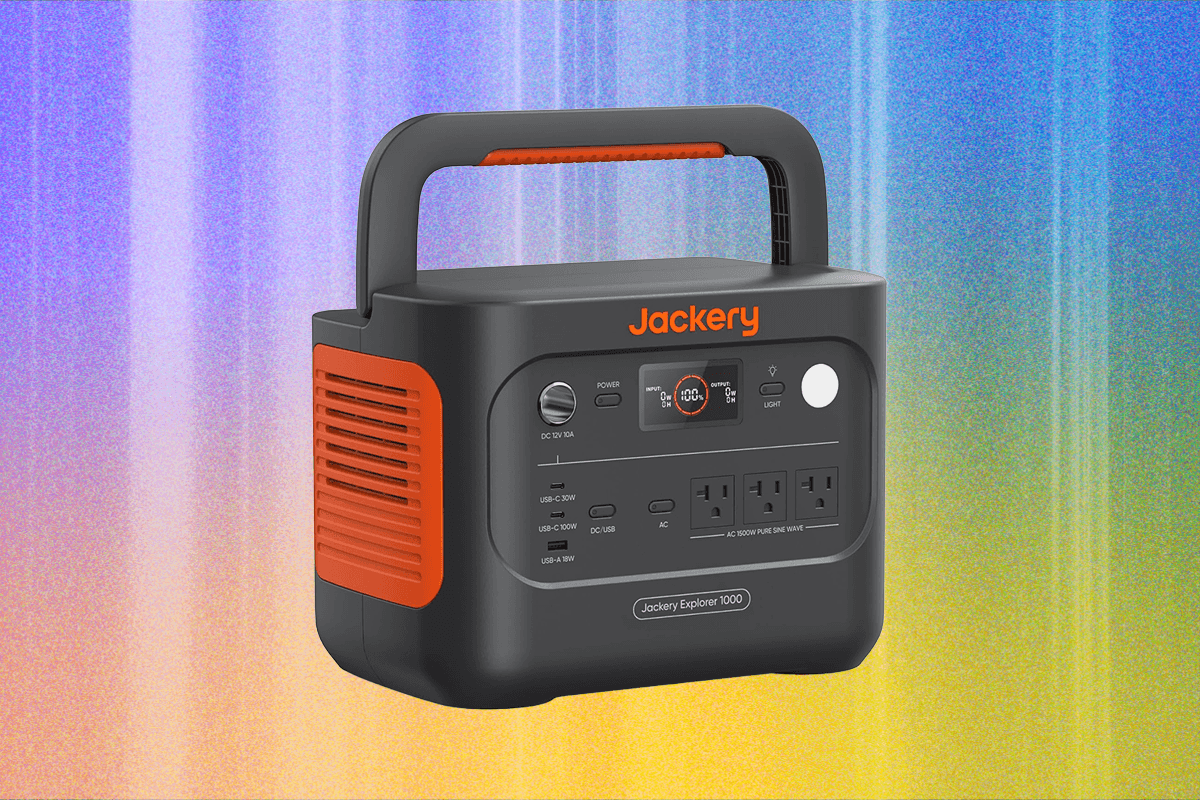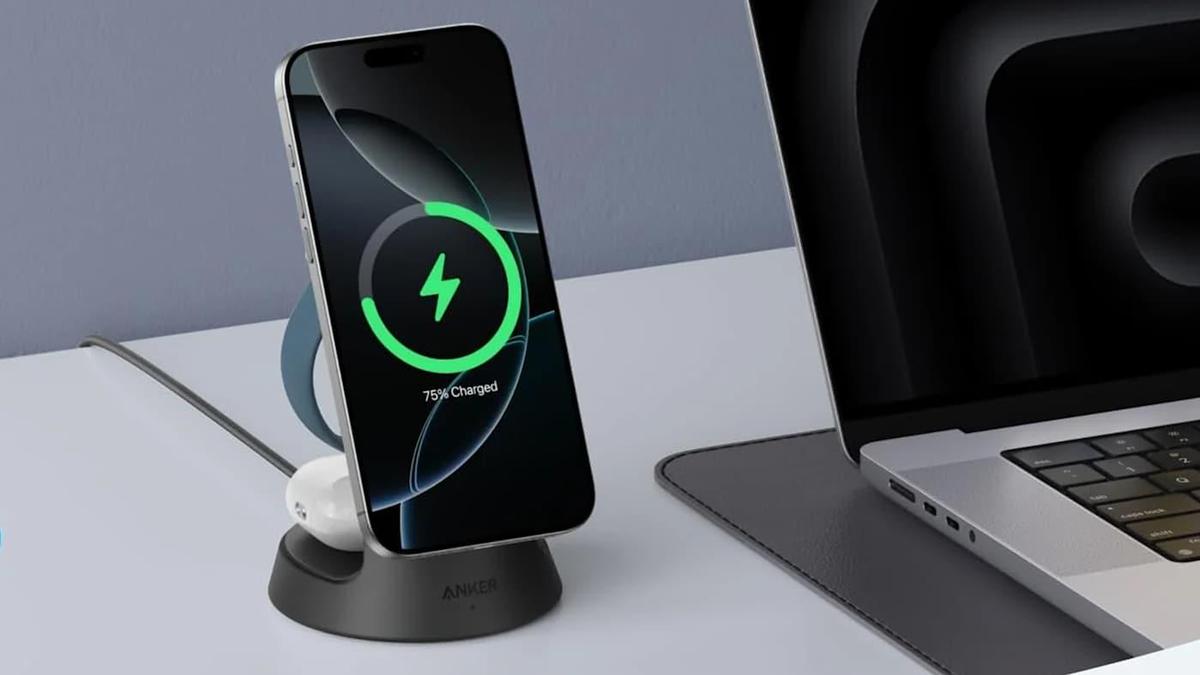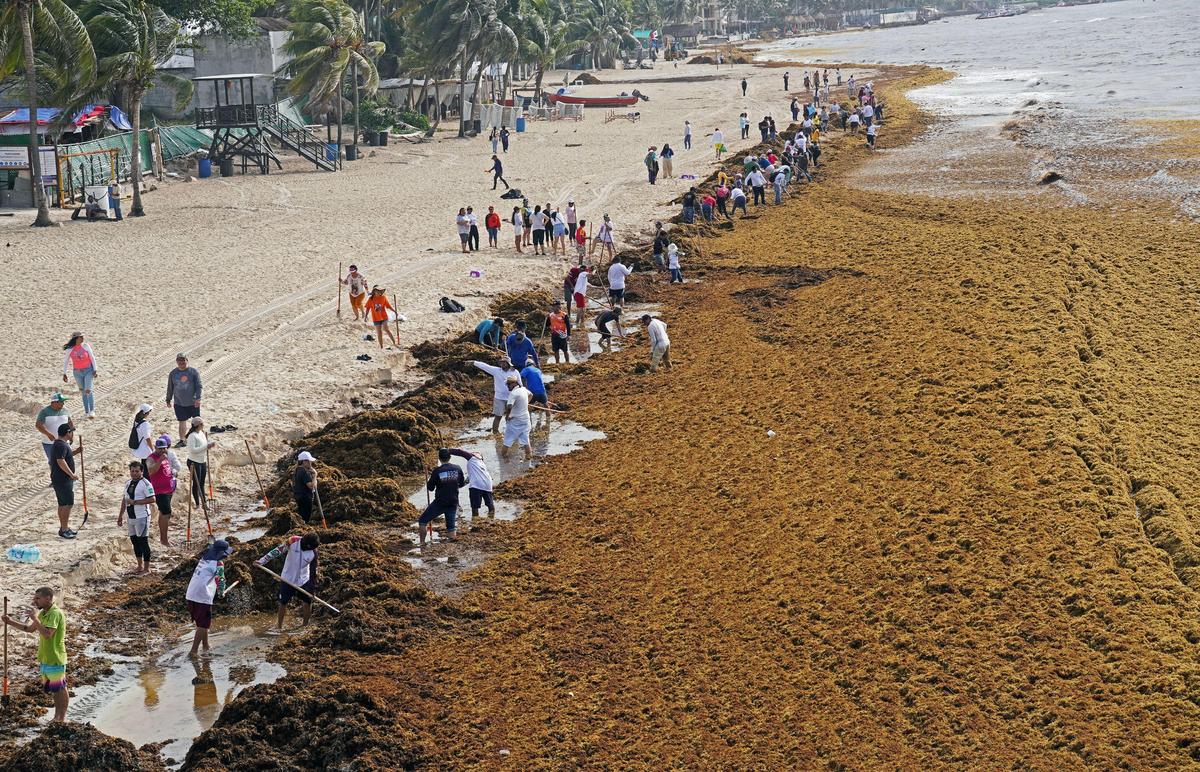Tesla Autopilot Faces $200M+ Fine After Fatal Crash Verdict
Tesla Autopilot Under Scrutiny: $200 Million+ Fine in Fatal Crash Case
Tesla’s Autopilot system is once again under the microscope after a Florida jury found the electric car maker partly liable in a deadly 2019 crash. The verdict orders Tesla to pay over $200 million in punitive damages and around $43 million in compensatory damages. This marks a significant setback for Tesla, raising further questions about the safety and marketing of its Autopilot driver-assist technology.
[Include Image]

What Happened?
The crash occurred in 2019 when a Tesla, operating with Autopilot engaged, collided with another vehicle, resulting in the death of 22-year-old Naibel Benavides. The driver of the Tesla, George McGee, admitted to looking away from the road to grab a dropped phone. He claimed he believed Autopilot would prevent a serious crash even if he made a mistake.
This case highlights a critical concern: driver over-reliance on driver-assistance systems. While Autopilot is designed to assist drivers, it’s not a fully autonomous system and requires constant driver attention.
The Verdict and Its Implications
The jury’s decision to hold Tesla partly liable underscores the debate surrounding the capabilities and limitations of Autopilot. The plaintiffs argued that Tesla’s driver-assist software was a contributing factor in the crash. While Tesla plans to appeal the verdict, this legal loss could have far-reaching consequences for the company.
- Financial Impact: The $200 million+ fine is a substantial financial blow to Tesla.
- Reputational Damage: The negative publicity surrounding the case could erode consumer trust in Tesla’s technology.
- Regulatory Scrutiny: The verdict may prompt increased regulatory oversight of Tesla’s Autopilot and Full Self-Driving (FSD) features.
Autopilot: Assist or Autonomous?
One of the core issues at the heart of this case is the perception of Autopilot’s capabilities. Tesla has faced criticism for allegedly misleading drivers about the level of autonomy offered by its systems. The California Department of Motor Vehicles, for example, has accused Tesla of falsely advertising Autopilot and FSD as autonomous driving features.
Tesla maintains that Autopilot is intended to assist drivers, not replace them. However, the marketing and naming of these features have led some to believe that the technology is more advanced than it actually is.
Expert Commentary (Simulated)
“The key takeaway from this case is the importance of driver education and responsible use of driver-assistance systems,” says Dr. Anya Sharma, an AI safety expert. “These technologies can enhance safety, but they are not foolproof and require constant human supervision. Companies need to be transparent about the limitations of their systems to prevent driver over-reliance.”
What Does This Mean for the Future of Autopilot and FSD?
This verdict arrives as Tesla is expanding testing of its robotaxi service. The increased scrutiny surrounding Autopilot could affect Tesla’s plans for its self-driving initiatives.
Here are some potential outcomes:
- Software Updates: Tesla may need to refine its Autopilot software to improve safety and prevent future accidents.
- Enhanced Driver Monitoring: Stricter driver monitoring systems could be implemented to ensure drivers are paying attention while Autopilot is engaged.
- Revised Marketing: Tesla may need to adjust its marketing materials to more accurately reflect the capabilities and limitations of Autopilot and FSD.
Actionable Takeaway: If you own a vehicle with advanced driver-assistance systems like Autopilot, make sure you thoroughly understand its capabilities and limitations. Always remain attentive and be prepared to take control of the vehicle at any time. Don’t rely solely on the technology to prevent accidents.
FAQ About Tesla Autopilot
- What is Tesla Autopilot? Tesla Autopilot is a suite of advanced driver-assistance systems designed to automate some driving tasks, such as steering and braking.
- Is Autopilot fully autonomous? No, Autopilot is not a fully autonomous system. It requires constant driver supervision and intervention.
- What is Full Self-Driving (FSD)? FSD is Tesla’s more advanced driver-assistance system, which aims to provide full autonomy in the future. However, it is not yet fully autonomous and still requires driver supervision.
- Is Autopilot safe? When used correctly and with proper driver attention, Autopilot can enhance safety. However, driver over-reliance and misuse can lead to accidents.
Key Takeaways
- Tesla found partly liable in a fatal Autopilot crash and ordered to pay over $200 million in damages.
- The verdict raises concerns about driver over-reliance on driver-assistance systems.
- Tesla may face increased regulatory scrutiny and reputational damage.
- Drivers must understand the limitations of Autopilot and remain attentive while using it.
- The future of Autopilot and FSD may depend on Tesla’s ability to improve safety and transparency.
Source: The Verge



